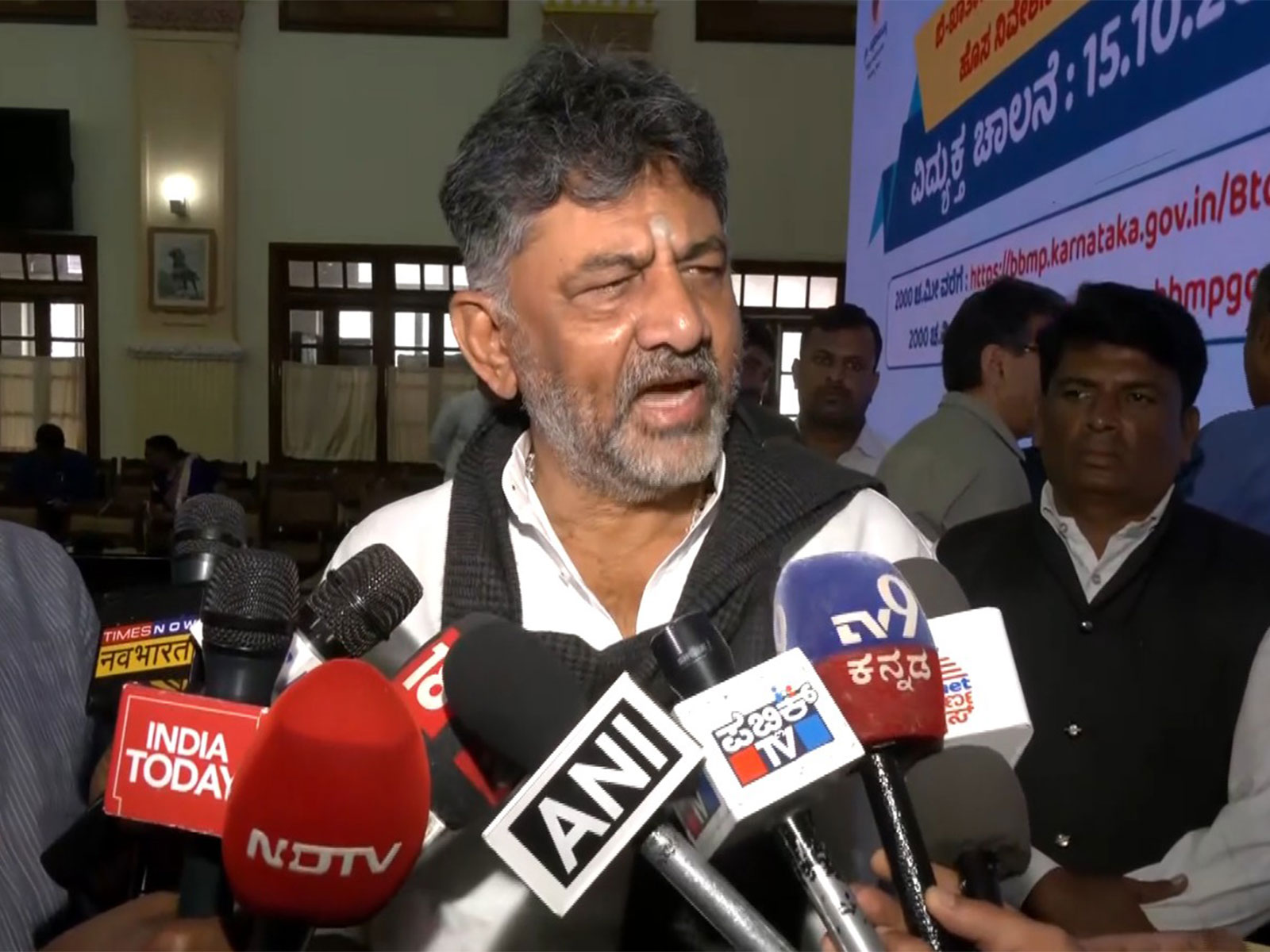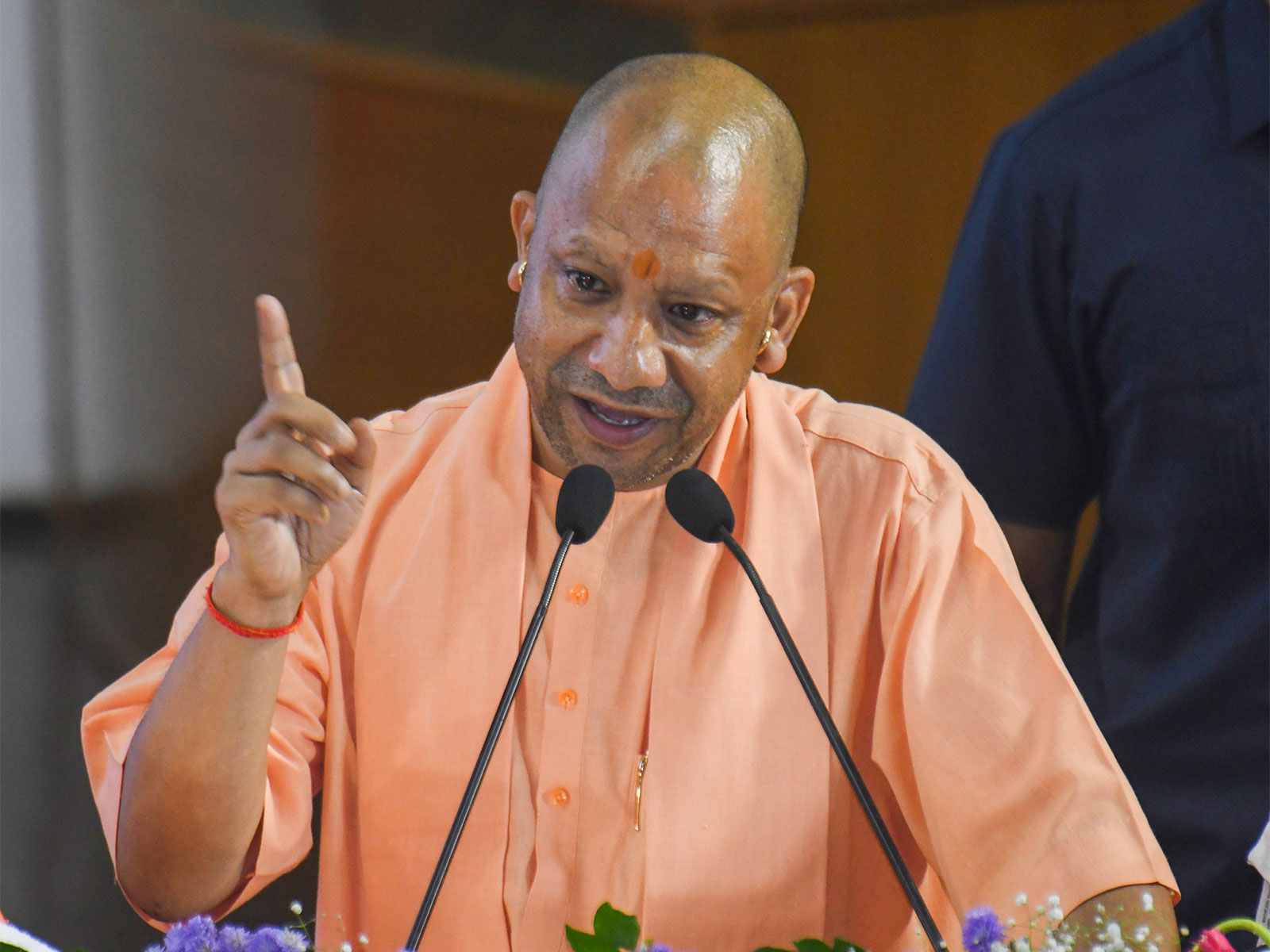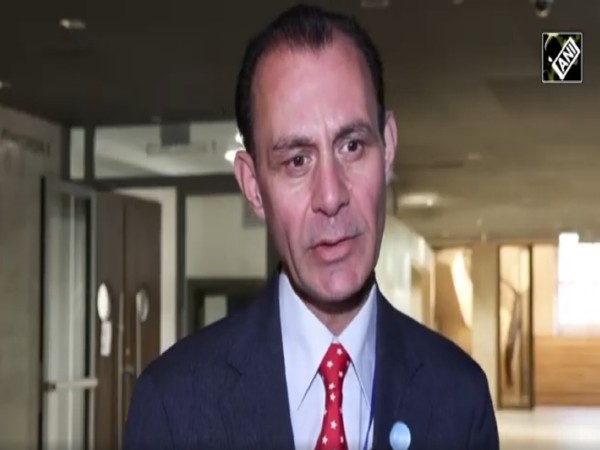
Haathi is indeed our saathi: Jairam Ramesh raises alarm over decline in elephant populations
Oct 16, 2025
New Delhi [India], October 16 : Congress leader and Rajya Sabha MP Jairam Ramesh on Thursday sounded an alarm over the declining elephant population in India, stressing that protecting and preserving an animal deeply embedded in the country's religious, cultural, and ecological fabric is a national responsibility.
"The elephant faces a crisis, perhaps not of extinction but of attrition. The threats come from changing land use, loss of traditional habitats, fragmentation of elephant movement pathways & corridors both within and outside protected areas, pressures from mining and infrastructure projects, invasive plant species, and conflict with humans", Jairam Ramesh said in a post on X.
The Congress leader's comments come a day after the release of the elephant census report titled "Status of Elephants in India: DNA-based synchronous all-India population estimate of elephants (SAIEE)", released by the Wildlife Institute of India (WII). The report estimates that the elephant population stands between 18,255 and 26,645, down from an estimated 29,964, representing a decrease of around 25 per cent since 2017.
However, the report states that it would not be fair to compare the figures from the past year due to changes in methodology, as the new methods are being used as a new monitoring baseline for further research, monitoring, and estimation. This is the first time a DNA-based recapture method has been used in India for estimating elephant populations.
According to the report, the earlier methodology used for the Synchronised Elephant Census (SEC) employed four main methods: Total Count, Sample Block Count, Line Transect Dung Count, and Waterhole Count. Whereas the new methodology employs "genetic-based mark-recapture," utilising non-invasive sampling to capture the genetic signature of an individual animal.
Ramesh highlighted the significance of the methodology shift, stating, "The much-delayed elephant census has just been released. Its results are, strictly speaking, not directly comparable to those of previous surveys due to changes in methodology and techniques. Even so, there is a very high probability that the elephant population has declined over the past decade."
He further criticised the 2022 amendments to the Wildlife (Protection) Act, saying that they are not enough to address the pressures wild elephants face from increasing human activity, such as mining, changing land use, and infrastructure projects, among others.
"The amendment to the Wildlife (Protection) Act, 1972, introduced three years back has not helped, and I had spoken out against them in Parliament back then", he said.
Calling for the protection and preservation of the culturally important animal, the Congress leader said, "On October 22, 2010, the elephant was declared to be the national heritage animal of India in recognition of its unique status in our religious, cultural, and ecological history. Its protection and preservation are our national duty. Haathi is indeed our Saathi."
India is home to the world's largest wild elephant population, accounting for roughly 60 per cent of the global population, according to earlier estimates by the Ministry of Environment, Forest, and Climate Change (MoEFCC).
The 2025 elephant census report divided the country into four main landscapes to obtain estimates, namely the Northeastern Hills and Brahmaputra floodplains, the Shivalik and Gangetic Plains, the Central Indian Highlands and Eastern Ghats, the Western Ghats, and the Andaman Islands. According to the report, the largest number of elephants, around 11,934, are in the Western Ghats.
Similarly, in April 2023, Karnataka, Tamil Nadu, and Kerala jointly estimated the Western Ghats population of elephants at 11,276 using direct counts and indirect line-transect dung counts, following a protocol similar to the All India Tiger Estimation, the report stated.



















